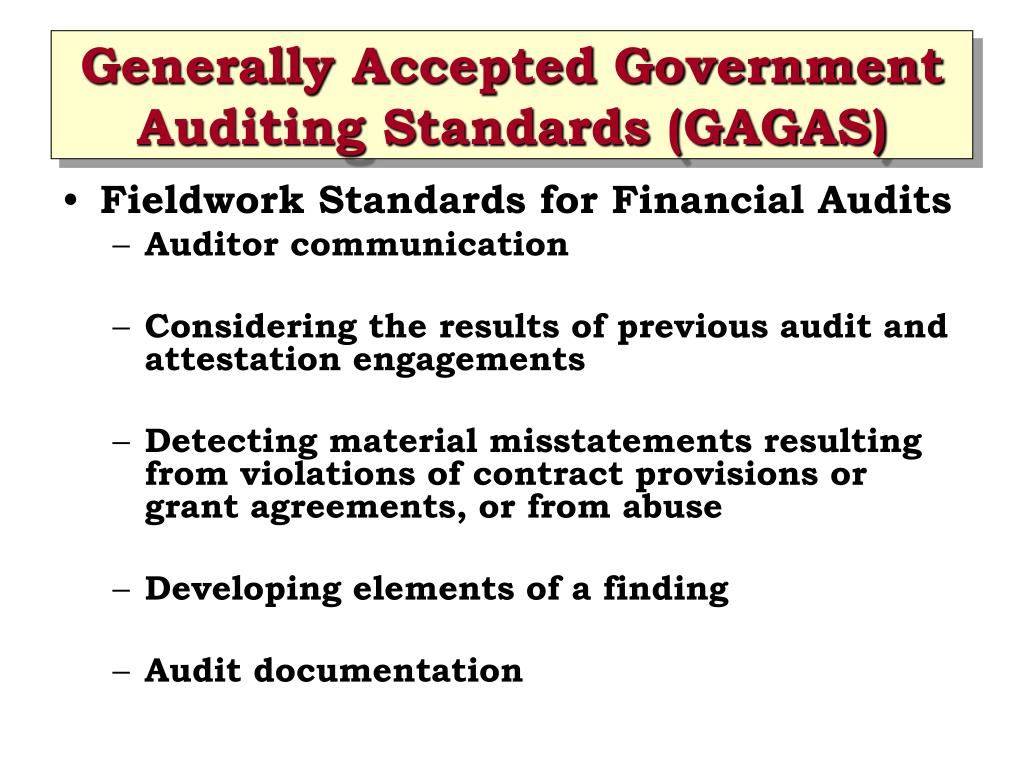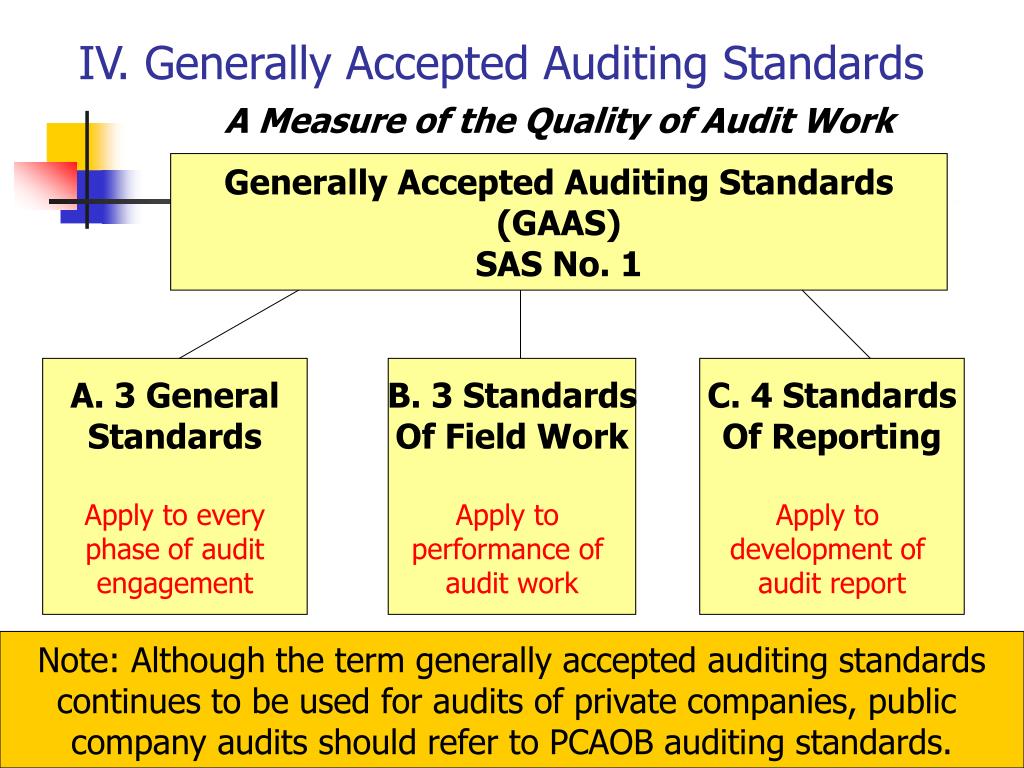

- #REVIEW OF GENERALLY ACCEPTED AUDITING STANDARDS HOW TO#
- #REVIEW OF GENERALLY ACCEPTED AUDITING STANDARDS REGISTRATION#
- #REVIEW OF GENERALLY ACCEPTED AUDITING STANDARDS PROFESSIONAL#
It also helps to reduce fraud by ensuring that all companies are following the same set of standards when it comes to reporting their financial information. This allows users of the financial information to make informed decisions when investing in a company or taking out a loan. The primary purpose of GAAP is to ensure that all companies present their financial information in a consistent manner. Additionally, the FASB has developed a number of disclosure requirements to ensure that investors have access to all relevant information about a company's financial performance.
#REVIEW OF GENERALLY ACCEPTED AUDITING STANDARDS HOW TO#
These standards and guidelines provide guidance on how to properly record and report financial information. These include the Statement of Financial Accounting Concepts, the Statement of Financial Accounting Standards, and the Accounting Standards Codification. The FASB has also developed a number of additional standards and guidelines to help companies comply with GAAP. Since then, the FASB has continually revised and improved GAAP in order to ensure that financial statements are transparent and accurate. In 1973, the FASB was formed to develop a more uniform set of accounting standards that could be applied by all companies. This requirement was put in place to protect investors from fraud.
#REVIEW OF GENERALLY ACCEPTED AUDITING STANDARDS REGISTRATION#
In the 1920s and 1930s, the SEC began to require companies to issue audited financial statements as part of their registration process. GAAP has its roots in the early days of American capitalism.

Additionally, GAAP helps to ensure that businesses are following the same set of standards when it comes to financial reporting, which helps to promote transparency and trust in the financial markets. It helps to ensure that all financial information is presented accurately and in a way that is easy to understand. GAAP is an important tool for businesses to use when preparing their financial statements.
#REVIEW OF GENERALLY ACCEPTED AUDITING STANDARDS PROFESSIONAL#
The principles and standards of GAAP are based on accepted practices that have been developed over time through the efforts of the FASB, SEC, and other professional organizations. GAAP is composed of conventions, rules, and procedures that define how businesses should record, report, and disclose their financial information. The goal of GAAP is to ensure that all financial statements are presented in a consistent and uniform manner so that users of the financial information can make informed decisions. GAAP is a set of accounting principles and standards used by businesses when preparing their financial statements. What is Generally Accepted Accounting Principles (GAAP)? In this article, we will explore the history of GAAP, its purpose, principles, benefits, challenges, misconceptions, and reporting requirements. This helps investors, creditors, and other users of financial information to make informed decisions about investing in a company. The purpose of GAAP is to ensure that all businesses present their financial statements in a consistent and uniform manner.

Generally Accepted Accounting Principles (GAAP) is a set of accounting standards and principles set forth by the Financial Accounting Standards Board (FASB) and accepted by the Securities and Exchange Commission (SEC).


 0 kommentar(er)
0 kommentar(er)
